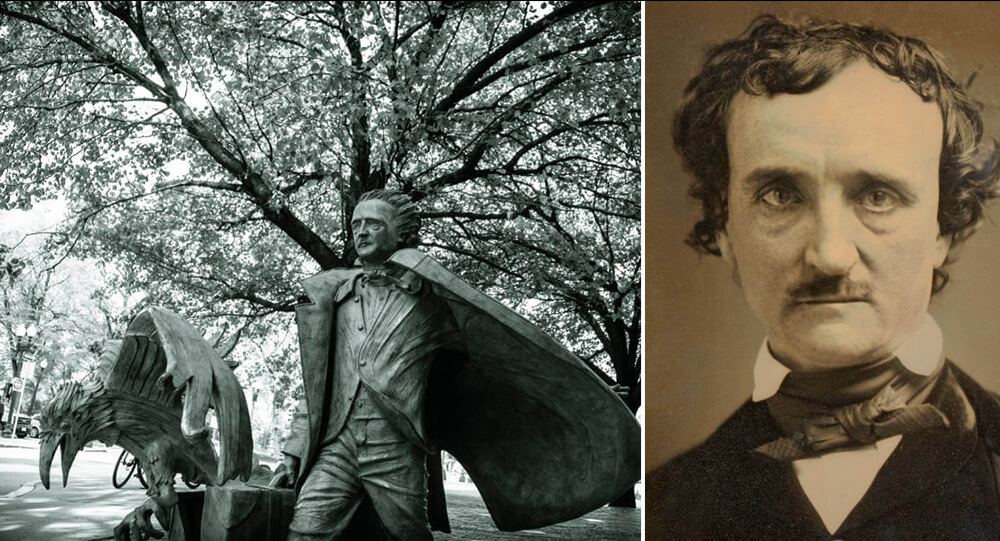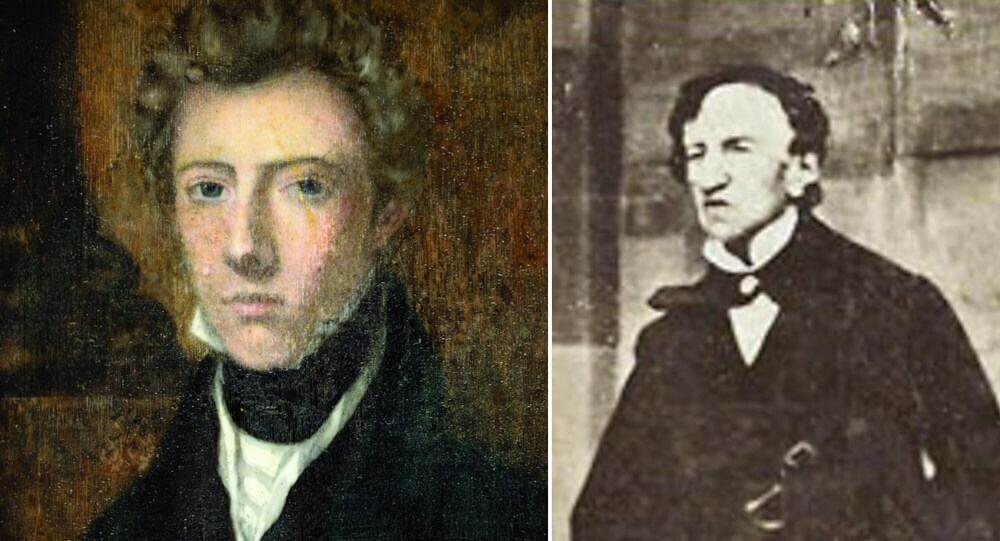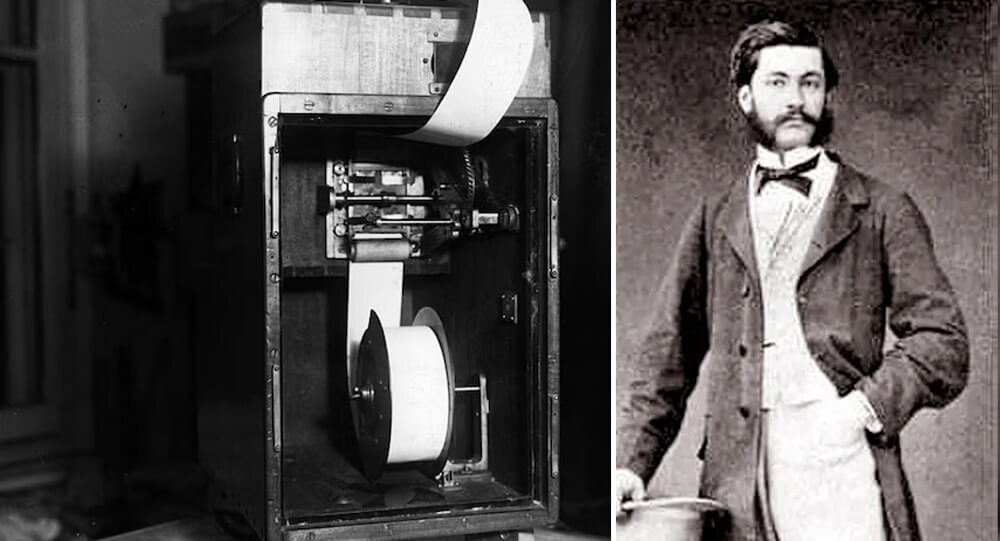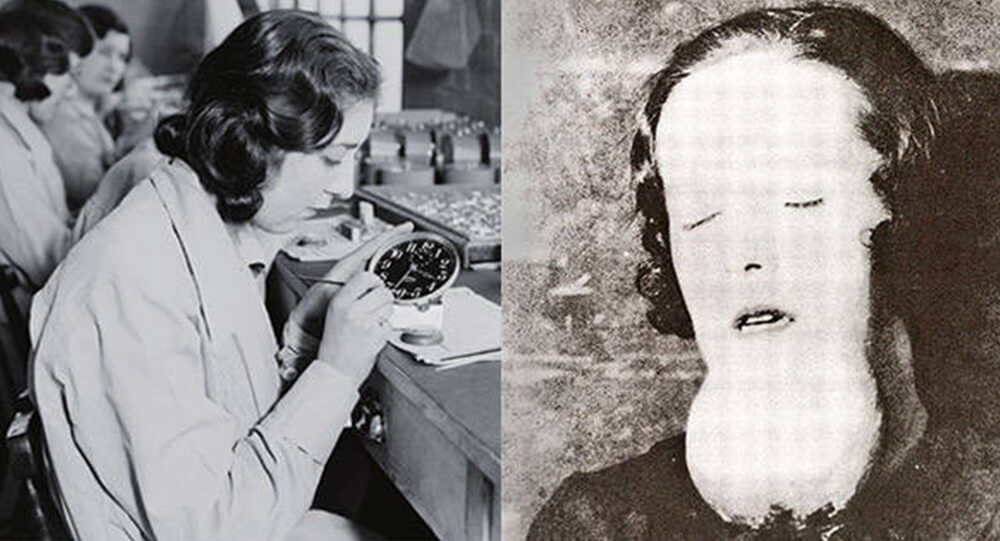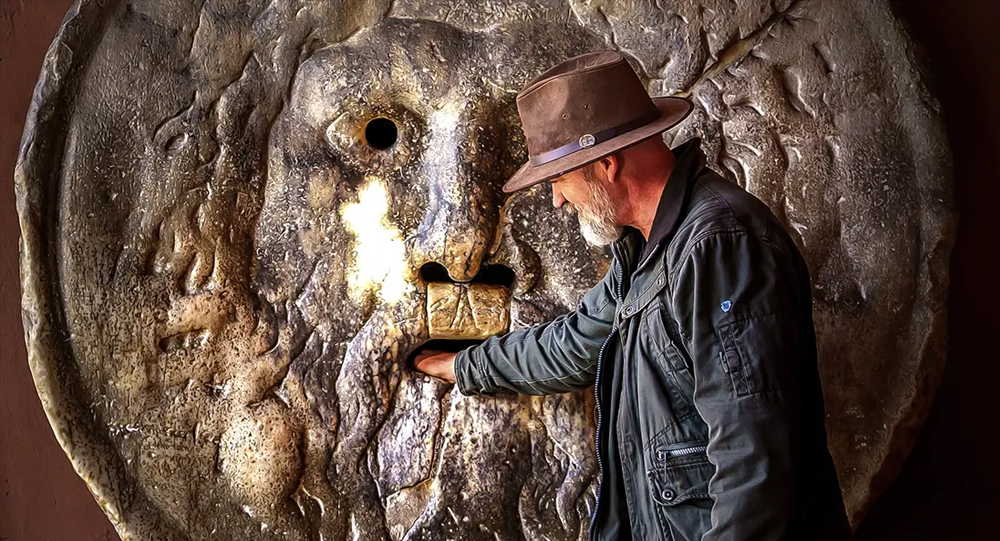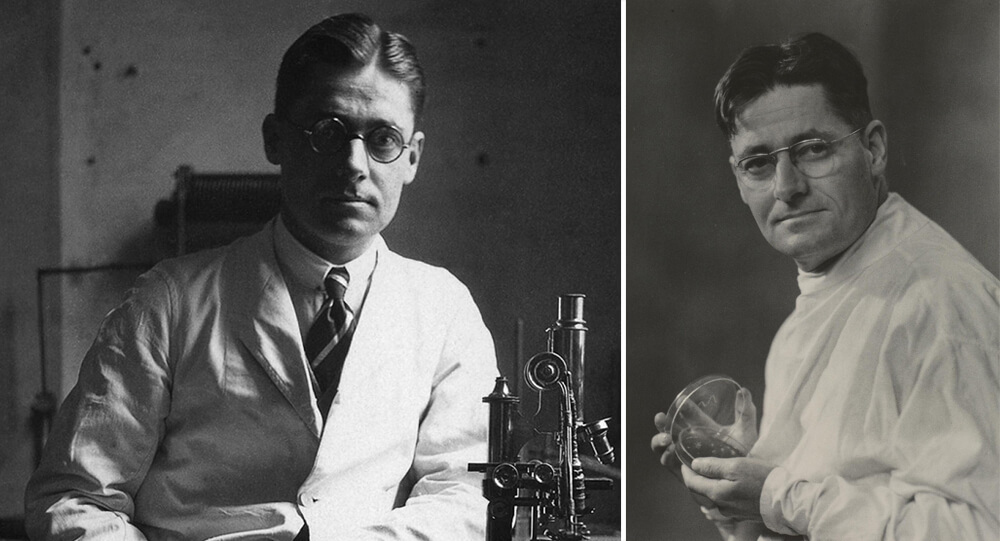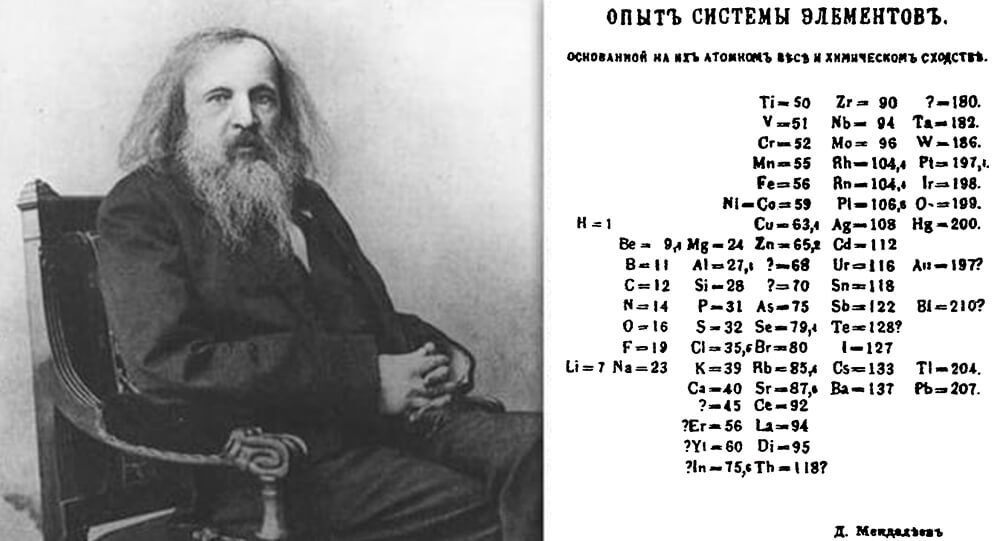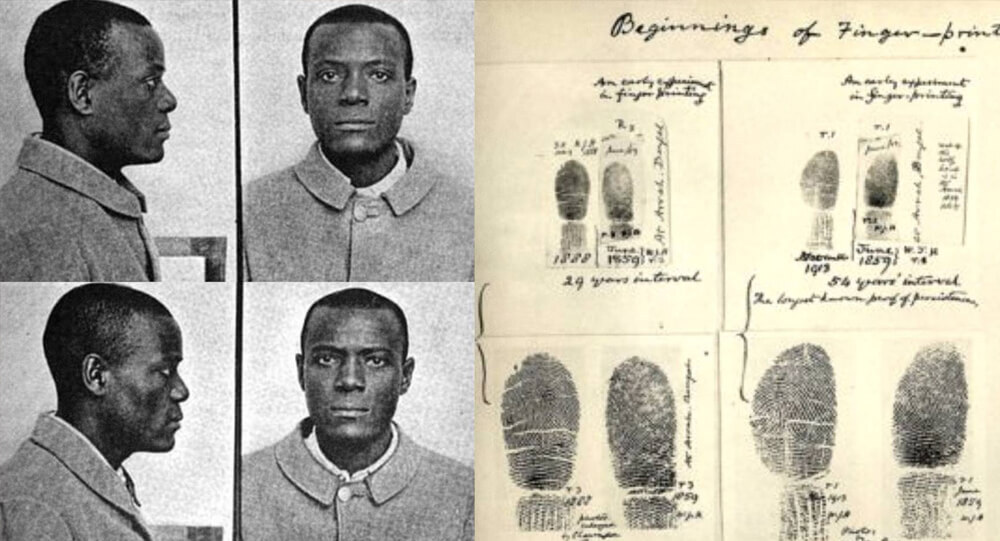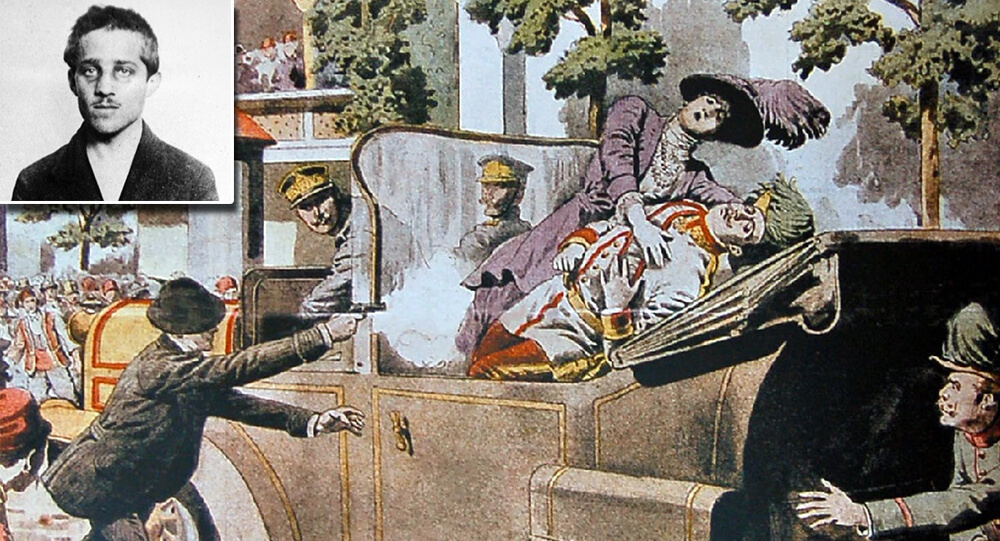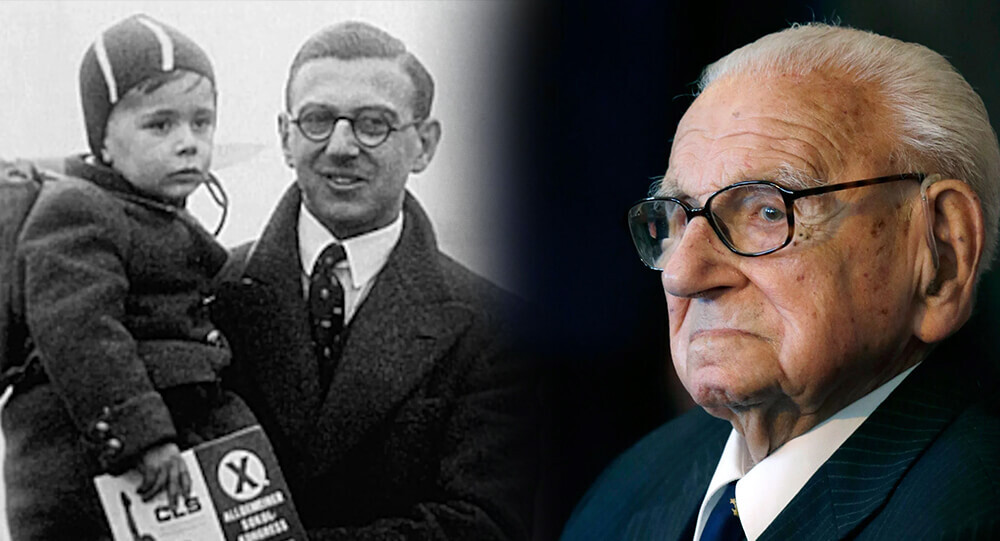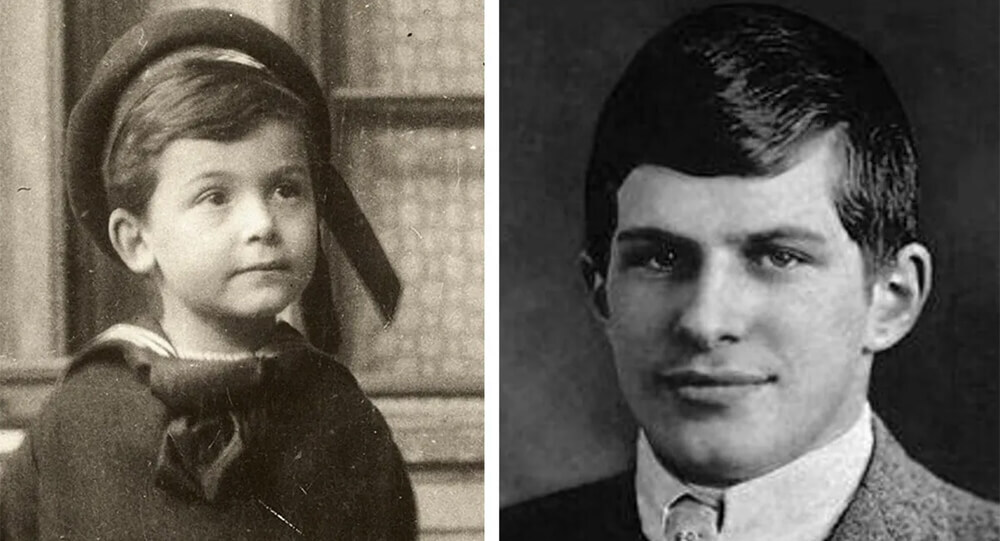
The most intelligent person to ever live was born in America in 1898. William James Sidis was his name, and he eventually had an IQ score that ranged between 250 and 300. (with 100 being the norm).
His parents, Boris and Sarah, had good minds of their own. Sarah worked as a doctor, and Boris was a well-known psychotherapist. Some accounts claim that the Ukrainian immigrants settled in New York City, while others identify Boston as their hometown.
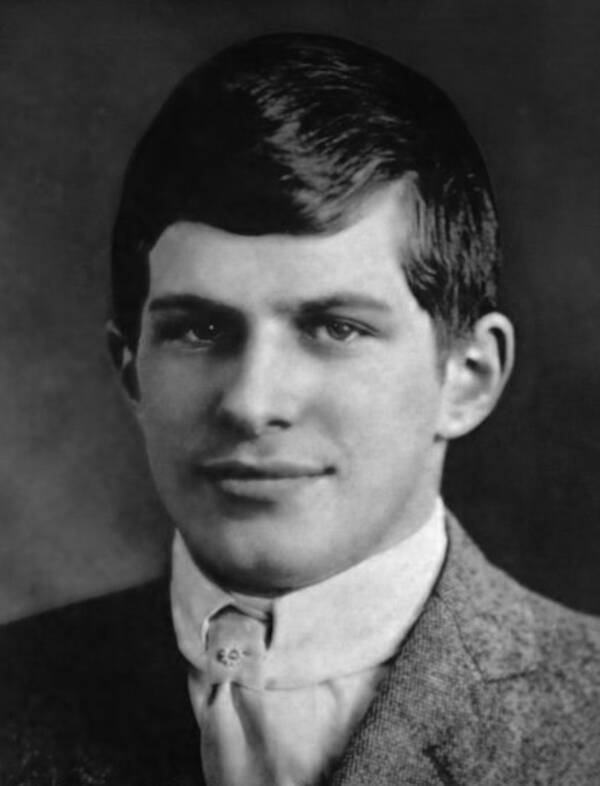
In each case, the parents were proud of their talented boy and lavished financial resources on books and maps to support his early education. Yet they were unaware of how quickly their beloved toddler would catch on.
A Genuine Young Prodigy
William James Sidis was able to read The New York Times when he was just 18 months old.
He could speak English, French, German, Russian, Hebrew, Turkish, and Armenian by the time he was six years old.
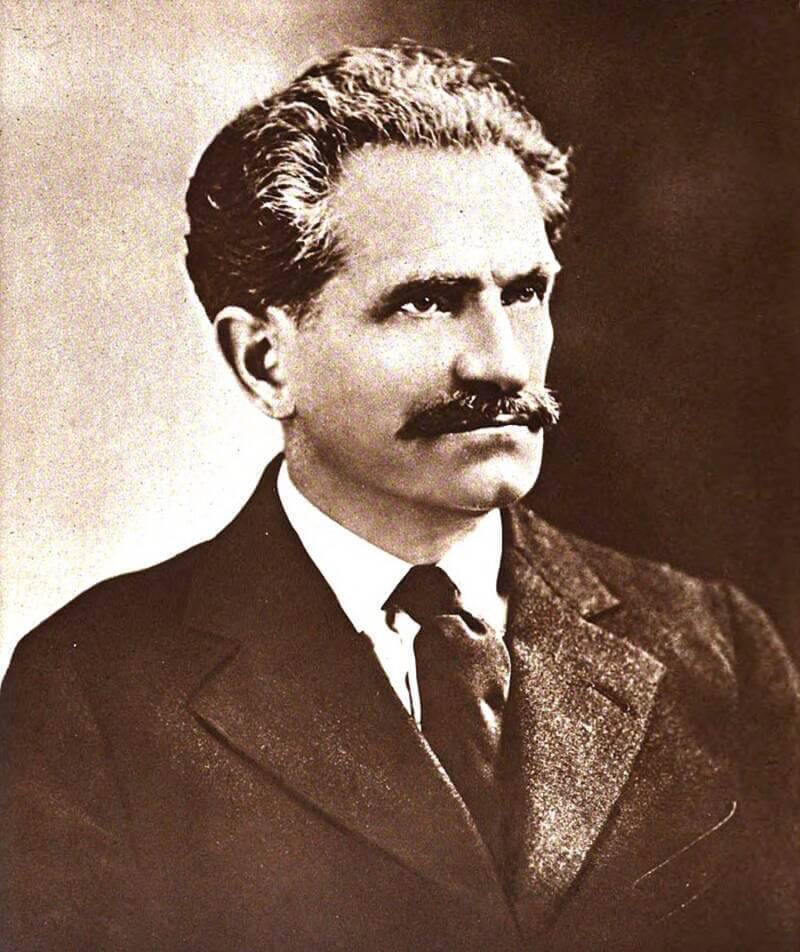
Sidis created his own language as a child, which is even more impressive (though it’s unknown if he ever used it as an adult). The aspirational child also wrote a novel, poetry, and even a proposed constitution for an eventual utopia.
At the tender age of nine, Sidis got accepted to Harvard University. He couldn’t enroll in classes, though, until he was eleven.
He gave a speech to the Harvard Mathematical Club in 1910 when he was still a student on the exceedingly difficult subject of four-dimensional bodies. For the majority of the audience, the talk was nearly incomprehensible, but for those that did, the lesson was a revelation.
Sidis earned his degree from the renowned institution in 1914. He was 16 at the time.
William James Sidis’ Unparalleled Intelligence

As there are no known records of William Sidis having his IQ tested, historians of today are left to guess as to what it might have been.
For comparison, an IQ score of 100 is regarded as average, while one of less than 70 is frequently seen as low. Anything over 130 is regarded as exceptionally gifted or advanced.
Reverse-analysis of historical IQs has revealed that Albert Einstein had a 160 IQ, Leonardo da Vinci had a 180 IQ, and Issac Newton had a 190 IQ.
William James Sidis’ IQ was reportedly between 250 and 300.
Every intelligent person will be pleased to inform you that it has no meaning (though they will probably still be a little cocky about it). Yet, Sidis was so intelligent that his IQ was equal to that of three typical people put together.
Nonetheless, despite his intelligence, he had trouble blending in with a society that didn’t comprehend him.
At age 16, after he received his Harvard diploma, he declared to reporters, “I want to live the perfect life. Living in seclusion is the only way to lead the ideal existence. I’ve never liked crowds.
The boy wonder’s strategy succeeded about as well as you might expect, especially for someone who had been so well-known for such a long time.
He briefly served as a mathematics instructor at Houston, Texas’ Rice Institute. But he was nearly driven out, in part because he was younger than many of his pupils.
The smartest person in the world passes away quietly rather than with a bang.
When William Sidis was detained during a Boston May Day Socialist March in 1919, he temporarily courted controversy. He had committed neither of the crimes for which he had been given an 18-month prison sentence: rioting nor assault on a police officer.
After his run-in with the law, Sidis was resolved to live in peace and alone. He took on a number of low-paying occupations, like entry-level accounting. Yet as soon as he was identified or his coworkers found out who he was, he would leave right away.
He later complained, “The very sight of a mathematical formula makes me physically uncomfortable.” They won’t let me be alone, even if all I want to do is run an adding machine.
Sidis made his final appearance in the public eye in 1937 when The New Yorker published a dismissive story about him. He chose to file a lawsuit for malicious libel and violation of privacy, but the judge

Inside The Mysterious Death Of The Famed Gothic Writer Edgar Allan Poe
Hours before his death Edgar Allen Poe was found on the streets of Baltimore. He was incoherent, wearing another man’s clothes, and unable to explain how he got there. The cause of his death is an unsolved mystery.

Poto And Cabengo: The Secret Language Of Twins
Poto and Cabengo, as the two girls called each other, communicated in their own language. The twins were ignored by their parents and secluded from the outside world because their father felt they were developmentally retarded, and their unique language evolved as a result of that neglect.

What exactly was the US's 'Ghost Army' during WWII?
During WW2, there was a special unit of men dubbed the ‘Ghost Army’. The unit was made of artists, creative and engineers and their job was to create deception about the enemy. From inflatable tanks to phony convoys to scripted conversations in bars intended to spread disinformation, they used all possible tricks to fool the enemy.

The mysterious secret of Dr James Barry
Before women were allowed to enroll in medical school, Margaret Ann Bulkley studied medicine and assumed the identity of Dr. James Barry for 56 years while dressing as a man. After 46 years of service as an army doctor officer, her secret was not made public until after her death in 1865.

The Horrific story of Ariel Castro and the Cleveland abduction
Cleveland abduction victims Gina DeJesus, Michelle Knight, and Amanda Berry were forced to live in Ariel Castro's house of horrors for 10 years. He raped and beat them until they escaped in 2013.

Louis Le Prince Invented the motion picture camera, and then he mysteriously disappeared
Louis Le Prince, the inventor of motion pictures, vanished without a trace in 1890. Thomas Edison quickly claimed the title of "first and sole inventor of cinema," even taking Le Prince's son to court to dispute it. A few years later, the son also dies under mysterious circumstances.

The true story Of The Radium Girls that change US labor laws
Hundreds of young women worked in clock factories during World War I, painting watch dials with luminous radium paint. The company lied about the risk of radiation, claiming there was no danger, which resulted in the death of the young women.

A Brief History of the PlayStation Gaming Console
Sony's PlayStation was never meant to be an actual product. Instead, it was intended to be a CD-ROM console that would support Nintendo games. However, when Nintendo backed out of the deal at the last minute, Sony went ahead and launched what soon became one of the most successful gaming consoles of all time.

Thomas Baker's heroic act that earned him the "Medal of Honor" was 8 bullets until death
Thomas Baker instructed his team to leave him with a pistol and eight bullets propped up against a tree after he was injured. Later, American troops discovered the now-deceased Baker in the same location, lying next to eight dead Japanese soldiers and carrying an empty pistol.

The history of Flour sack clothing fashion
After Kansas mill owners found women reused flour sack materials into apparel in the 1920s and 1930s, they started applying patterned designs to give families with more fashionable patterns and material.

The Mouth of Truth: Ancient Rome’s Legendary "Lie Detector" That Bit Off Hands
Discover the chilling legend of the Mouth of Truth (Bocca della Verità) in Ancient Rome—a massive carved stone face believed to bite off the hand of anyone who lied while inserting their hand into its gaping mouth. Uncover the truth behind its eerie reputation and how this ancient artifact became a symbol of honesty and fear.

How did Howard Florey discover penicillin
Penicillin was discovered by Alexander Fleming, but he never attempted to turn it into an antibiotic. It wasn't until ten years later that Howard Florey discovered Fleming's obscure paper and understood the mold's potential. Up to 200 million lives may have been saved as a result of Florey's work.

The Day an Israeli F-15 Landed with One Wing: Zivi Nedivi’s Unbelievable Mid-Air Survival
Discover the astonishing true story of Israeli pilot Zivi Nedivi, who safely landed an F-15 after a mid-air collision tore off its entire right wing. Learn how skill, quick thinking, and the F-15’s unique design turned a disaster into a legendary feat in aviation history

8 Interesting Facts About The Unsinkable Ship, TITANIC
If you ask your friends what's the most famous ship in history the answer in most cases will be the same, of course the legendary Titanic. Its history is full of mysteries, at first it was a source of hope and national pride as well as proof of the triumphs of mankind but it soon became a source of nostalgia and pain, the extent of which cannot be described in words.

How Dmitri Mendeleev Developed the periodic table of the elements
1850 Dmitri Mendeleev walked almost a thousand miles to Moscow so he could apply for the University of Moscow. Although he was not accepted, he walked to St. Petersburg where he was accepted, And with that education, he developed the the periodic table of the elements

Nathan's Famous Doctor Stunt
When Nathan's Famous Hot Dogs first opened in 1916, the owner hired people to dress as doctors and eat hot dogs outside his shop, to convince people his hot dogs were healthy.

10 world’s most destructive and dangerous volcanic eruptions in history
Volcanic eruptions can devastate cities, change the world's atmosphere, and devastate economic systems. They can create molten lava rivers, mudslides, suffocating ash, and poisonous gases that cause chaos around the world for years. A volcanic explosion's effects can be massive, from its size to its death toll to its economic cost. Here is ten world’s most destructive and dangerous volcanic eruptions in history.

Man's Blood Helped Save Millions of Babies
Australian blood donor James Harrison has been one of our most impressive and valued donors, having donated for 60 years. Know his story, how he was a pioneer of our Anti-D program, and why this matters.

Will & William Wests: The puzzling situation of two inmates who are identical but not related
These are the mugshots of Will West and William West, and they are not related. They were both sent to Leavenworth Prison at the same time, in 1903, and after some confusion, the staff understood they had two different prisoners with the nearly same name, who looked exactly alike. They are part of the reason fingerprints are now used as identification.

Graves holding hands over wall, A Catholic woman and her Protestant husband grave
A protestant man and a Catholic woman who weren't allowed from being buried together in a graveyard in 19th-century Holland turned their graves into a monument showing them holding hands across the wall separating them.

Franz Ferdinand’s Assassination that sparked World War I
Archduke Franz Ferdinand of Austria and his wife Sophie are shot to death by a Bosnian Serb nationalist during an official visit to the Bosnian capital of Sarajevo on June 28, 1914. The killings sparked a chain of events that led to the eruption of World War I by early August.

15 interesting facts about Queen Elizabeth II
Queen Elizabeth II, who ruled Britain for 70 years, has away at the age of 96. She was the country's longest-reigning monarch. Here are some little-known facts about her.

Nicholas Winton ‘British Schindler’: Man who rescued 669 Czech children from Nazis
A man named Nicholas Winton saved 669 kids during WWII and lived almost all his life without letting people know.

Mario Segale, Developer Who Inspired Nintendo to Name Super Mario
Super Mario is named after real-life businessman Mario Segale, who was renting out a warehouse to Nintendo. After Nintendo fell far behind on rent, Segale did not evict them but gave them a second chance to come up with the money. Nintendo succeeded and named their main character after him.

Max Headroom Incident: America’s Creepiest TV Hack
In 1987 a man hijacked a television station during an episode of Dr. Who and wore a Max Headroom mask and uttered nonsense, and he still hasn’t been caught

